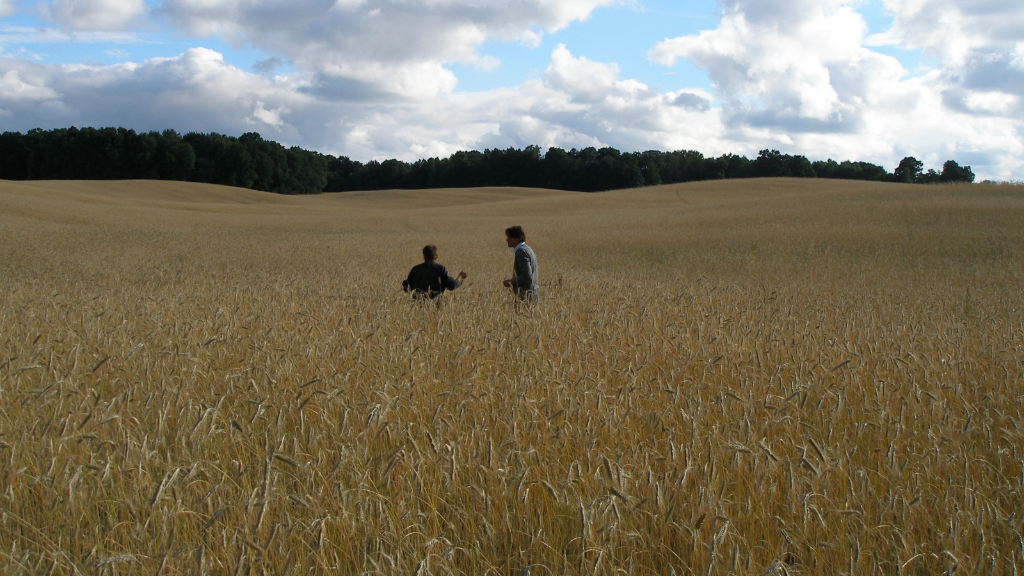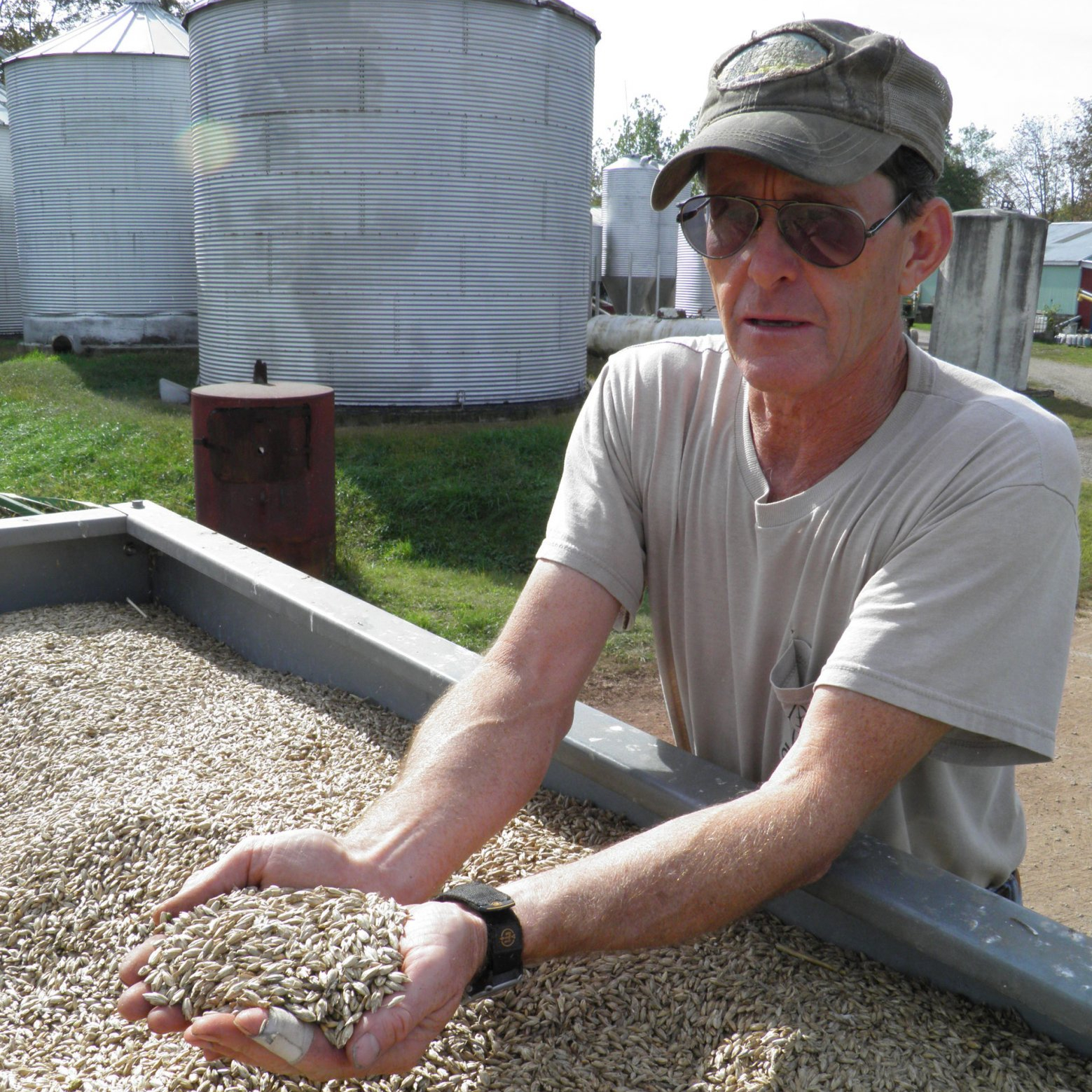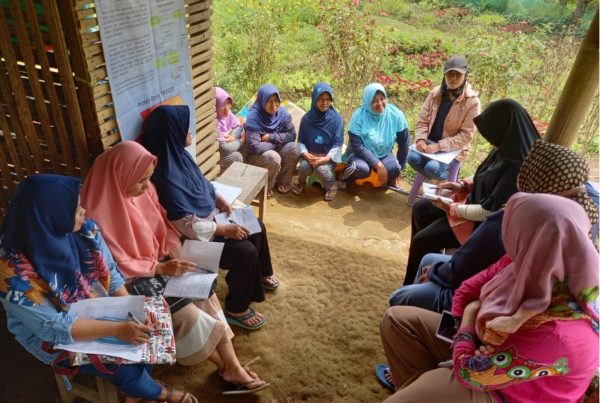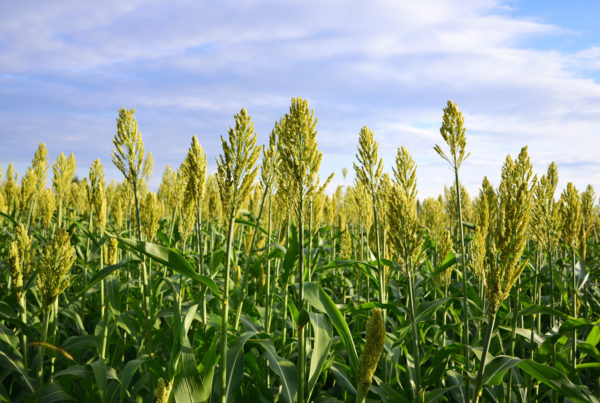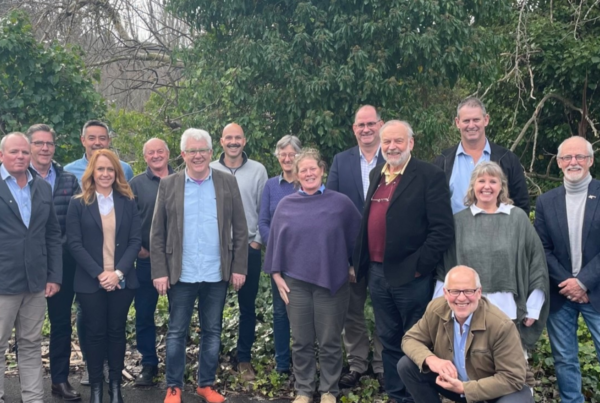New Jersey Audubon is a non-profit working to preserve New Jersey’s natural habitats, protect wildlife and foster environmental awareness among the public. In 2013, they launched a project to trial spelt as an economically viable food crop that also provides a habitat for rare grassland species and increases biodiversity.
Grasslands - An endangered ecosystem
Grasslands are one of North America’s most endangered ecosystems. Large grassland fields have been converted to corn, soybean and other commodity crops. This has a negative impact on the wildlife that is dependent upon grassland habitats. The result is particularly clear for grassland dependent birds, which make up 41% of all threatened and endangered species in New Jersey.
Because of these changes to the landscape, many species, including pollinators and birds, are increasingly dependent on the agricultural community for habitat creation, maintenance, and health.
This means we need to find a way to balance the economic needs of farmers with the needs of local wildlife.
How can we balance the need for profitable food crops with the need to protect wildlife and biodiversity?
Biodiversity is the foundation of all agriculture. It supports our food supply from the soil to the delivery of vital ecosystem services such as pollination.
Previous government conservation programmes had encouraged farmers to grow warm season grass, which can be used for biofuel as well as providing a habitat for grassland animals. However, there is a lack of a mature biofuel market in New Jersey. This means that many farmers were pulling up their fields of warm-season grasses in order to plant corn and soybean.
How does the project increase biodiversity?
Spelt is a non-GMO sub-species of common wheat, which has been grown in Europe for about 300 years. In recent years, spelt has re-emerged as a viable product and a major cash crop, especially for organic and artisanal small grain growers in the health food market, both in the USA and in Europe.
Spelt has a similar growing-season to the typical native warm-season grasses. It is usually harvested after July 15 in the northeast region of the United States. Harvesting after this date will not impact the breeding bird months, unlike the harvesting of cool-season grass hay crops or other grain crops such as rye, oats, barley or wheat. Therefore, spelt provides a critical breeding habitat and foraging area for rare grassland birds and other species.
The preliminary project results show that biodiversity increased on the land where spelt was grown. Furthermore, from an agricultural standpoint spelt was a more economical crop than hay, because it has an established market as both animal feed and human consumption. This means that growing spelt not only increases biodiversity and provides a habitat for rare birds, it is also economically viable for the farmers.
In addition, creating a habitat for declining bird species can be a useful method for farms to attract additional clientele via wildlife watching (eco-agitourism). This also enables the public to become better educated about the importance of supporting local farming, as well as understanding the connection between agriculture, biodiversity and wildlife habitats to our natural systems and food supply.
© John Parke
Can the project be replicated in other places?
The project itself is easily transferable to other producers in North America. The planting and harvesting of spelt can be done with conventional farm equipment and markets for the product are either available now or on the rise.
However, given that the objective is to attract grassland-dependent bird species, the placement of the field on the landscape is highly important. Farmers should consider planting spelt adjacent to other crops or forested areas in order to achieve this aim.
How organic supports biodiversity
Organic Agriculture relies on ecological processes, biodiversity and cycles adapted to local conditions, rather than the use of inputs with adverse effects.
Research has shown that organic systems can sustain biodiversity by:
- Providing food and shelter for wild species found on farms and thus increasing them in number and variety.
- Supporting high levels of agro-biodiversity.
- Maintaining healthy soils and soil fauna, such as earthworms.
- Reducing the risk of water pollution.
- Cutting the demand for synthetic inputs, thereby reducing the need to generate energy to produce them, which can involve destroying wildlife habitat.
- Nourishing ecosystems and ensuring that they are not cleared to further extend the agricultural frontier.


